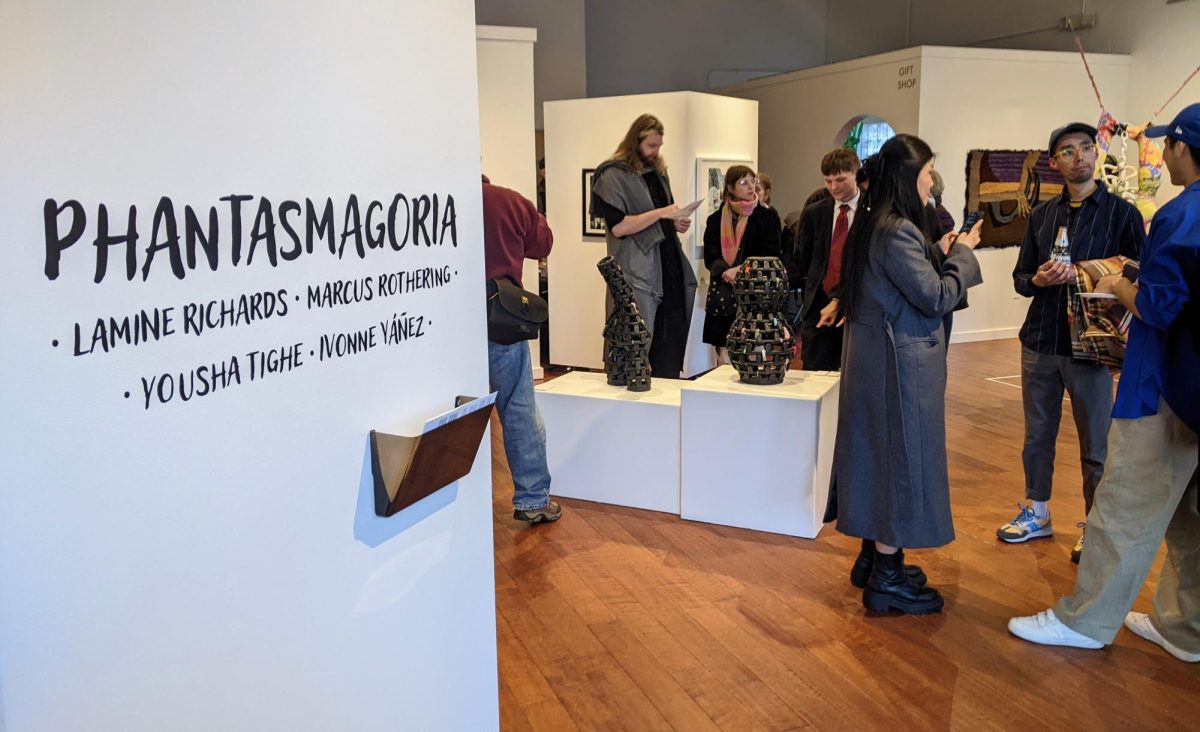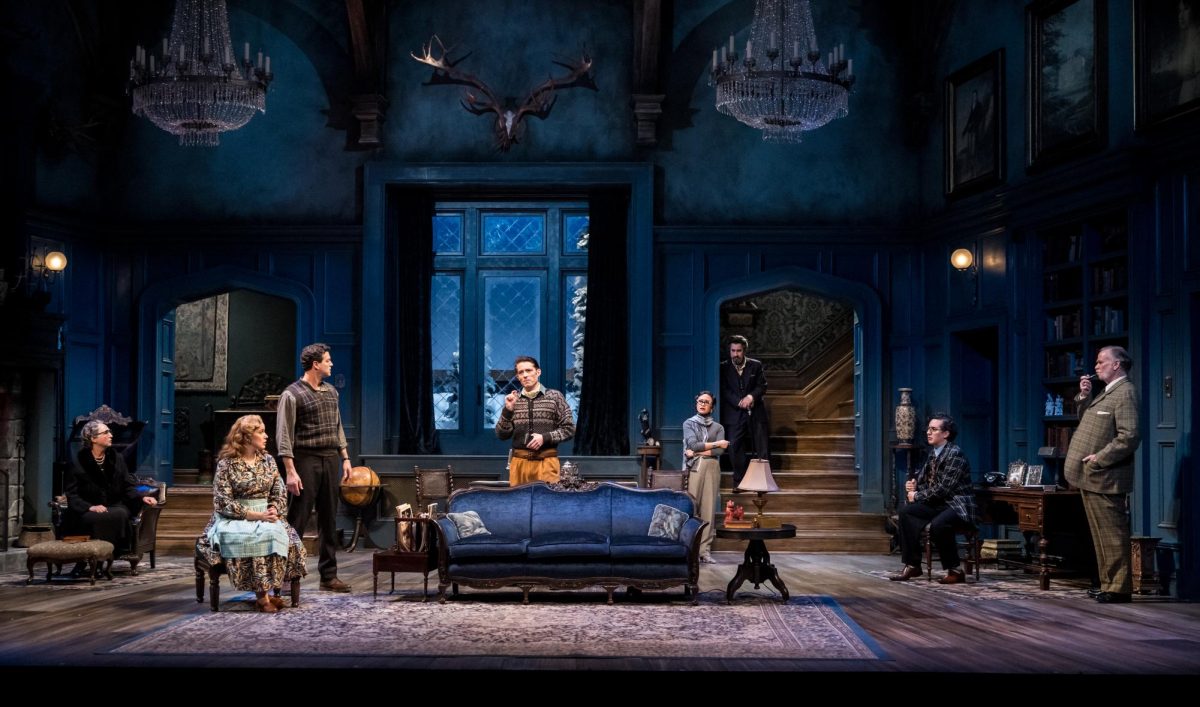Bad artwork is inherent in college dorm rooms. Whether it’s an Ikea print of the Eiffel Tower or that “Big Lebowski” movie poster you bought at the sale on West Bank, it’s a freshman rite to cover your walls with all things tacky.
That’s OK, at least for the first few years. It’s a part of the college experience.
But when you’re ready to move up in the world, it’s easy to start swapping out your cheap reproductions and beer signs for art that has more personal meaning and value.
Art collecting doesn’t have to be expensive, but it does take effort and time.
“To care about collecting something, you have to dare to be engaged in that world and get educated in that world. It takes practice. If you want to collect art, you can’t do it passively,” said Franklin Art Works Director Tim Peterson.
If you’ve never explored fine art, take some time to wander around galleries, museums and coffee shops. Take note of what draws you in and holds your attention.
“Think of it like food,” said Howard Oransky, director of the Katherine E. Nash Gallery in the University of Minnesota’s art department.
The first time you ate a particular food, you might have thought it was strange. But you gave it a try anyway, because your friend encouraged you. Then you tried it a second and third time, and the next thing you knew, you liked it and were telling your other friends to try it too.
The moral of the story is that art might seem weird and unapproachable at first. But the more you expose yourself to it, the less scary it becomes until eventually you crave it, seek it out and enjoy it.
And there are plenty of ways to get some of your favorite pieces into your home without breaking the bank.
Don’t feel intimidated because someone is paying $35 million for an Andy Warhol Coca-Cola print when you can only afford a $35 sketch from a local artist.
“There are trends that definitely determine market value, but as a student, that shouldn’t be your top concern,” said Nicole Soukup, administrative assistant to the Minneapolis Institute of Arts curator of contemporary art.
“I started collecting art when I was an undergrad at the [University], so I understand how hard it can be on a tight budget,” she said.
Long-term value adds strength to a piece. Peterson said your belief in the artist’s career is also a factor in determining strength. If an artist creates good pieces but doesn’t continue to produce them, the value and importance of the work will never grow.
Photographers and other print medium artists usually release their work by making a limited number of prints in batches, or as they’re known in the art world, editions. Look for a low edition. Anything below 10 is obviously better than something in the 40s.
“Works of art that are one of a kind are going to be more expensive than a multiple,” Oransky said. For example, a painting is likely to cost more than a photograph, because a photograph can be printed over and over again.
But buying an edition print or sculpture is still better than buying anything mass-produced, Oransky said. And artists often sign their editions, which can add value.
Show openings at smaller galleries and art events around the Twin Cities are good places to find lower-numbered editions.
Artists sell 5×7 works of art for $99 at the Soap Factory’s annual $99 Sale. The following day prices drop to $66, then to $33 on the third day. All funds go to supporting the Factory.
Midway Contemporary Arts holds an annual Monster Drawing Rally where spectators watch artists draw for an hour and then can buy the drawings for $35 apiece.
Be on the lookout for open studio days, when artists make their studios available for public perusal.
Your best bet is to hit up somewhere like the Northrup King Building, which houses nearly 200 artists in Northeast Minneapolis. That way, you can see a variety of artists in one day without having to bounce all over the city.
Although Art-A-Whirl, the granddaddy of all open studio days, came and went in May, artists hold open studio days year-round.
These provide opportunities to talk with artists about their process. Soukup said it’s important to educate yourself by asking artists questions.
Start with a basic one like, “Who influenced you?” and go from there. Engaging with an artist will make their work more valuable and important to you, she said.
“You don’t need a degree in art. You don’t need to be able to talk about art in order to be moved by art, be affected by it, love it and want to have it in the future,” Oransky said.
The best advice you can get about whether to purchase a piece will come from yourself. Oransky said if you feel some sort of connection to a piece, even if it’s a feeling or thought you can’t explain, that is a good enough reason to buy it.
After all, you’re the one who’s going to be looking at it every day. Pick something you want to live with.













